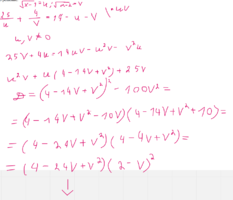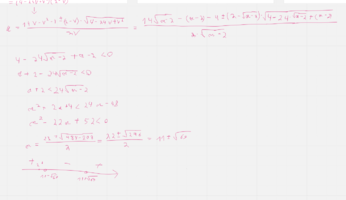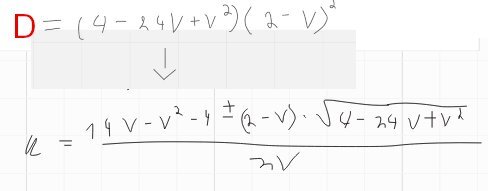GilgameshProject
New member
- Joined
- Feb 18, 2023
- Messages
- 15
 . The task is to find, for which values of parametr "a" this function has at least 1 solution.
. The task is to find, for which values of parametr "a" this function has at least 1 solution.I've encountered this problem and can't solve it despite thinking and trying for several hours. If someone has a clue how to do it, pls help. I have tried to substitute (x-1)^0,5 for another variable and analyze it as a quadratic function with coefficients including paramet "a", but discriminant seems to be really complex and I don't know what to do with it. Thanks in advance :<
Last edited:




